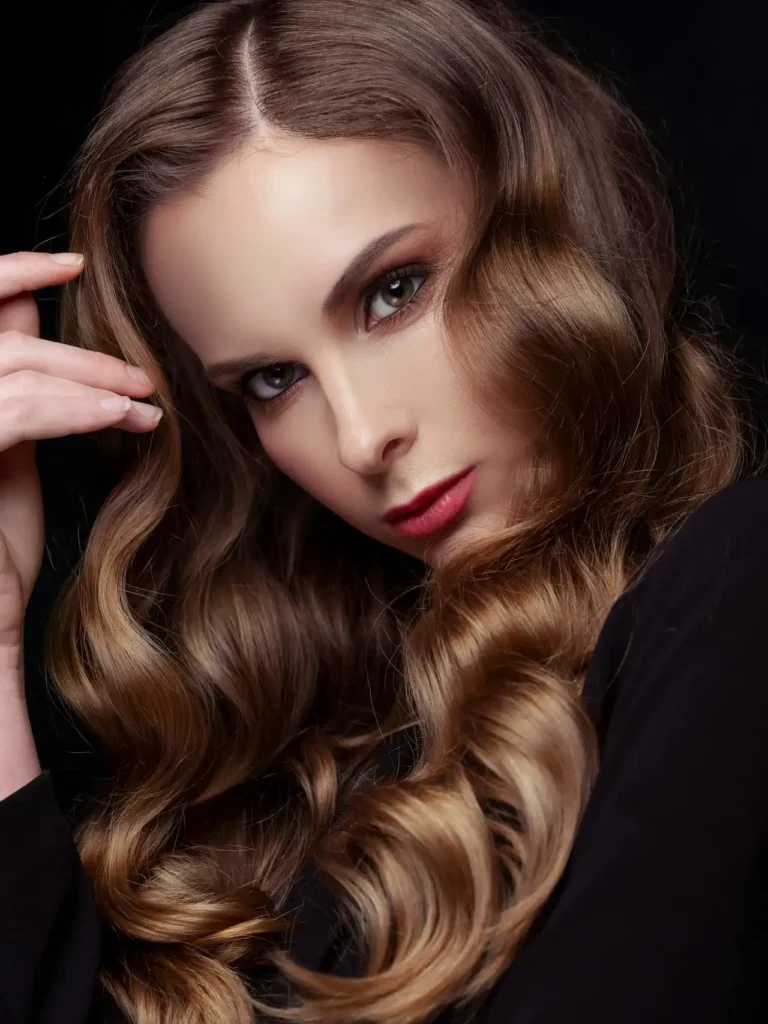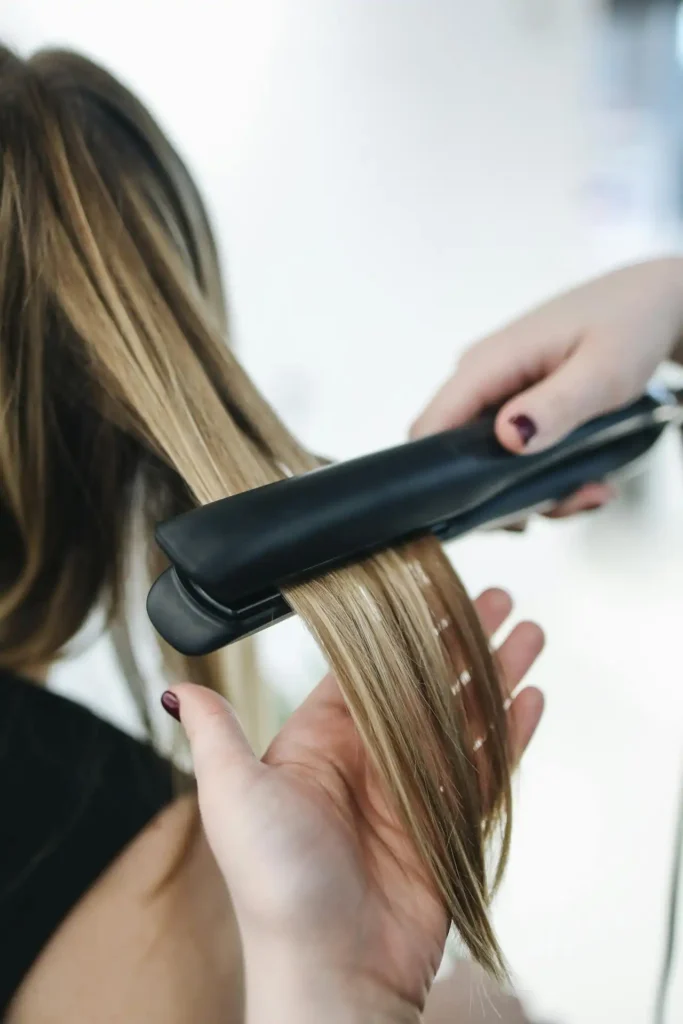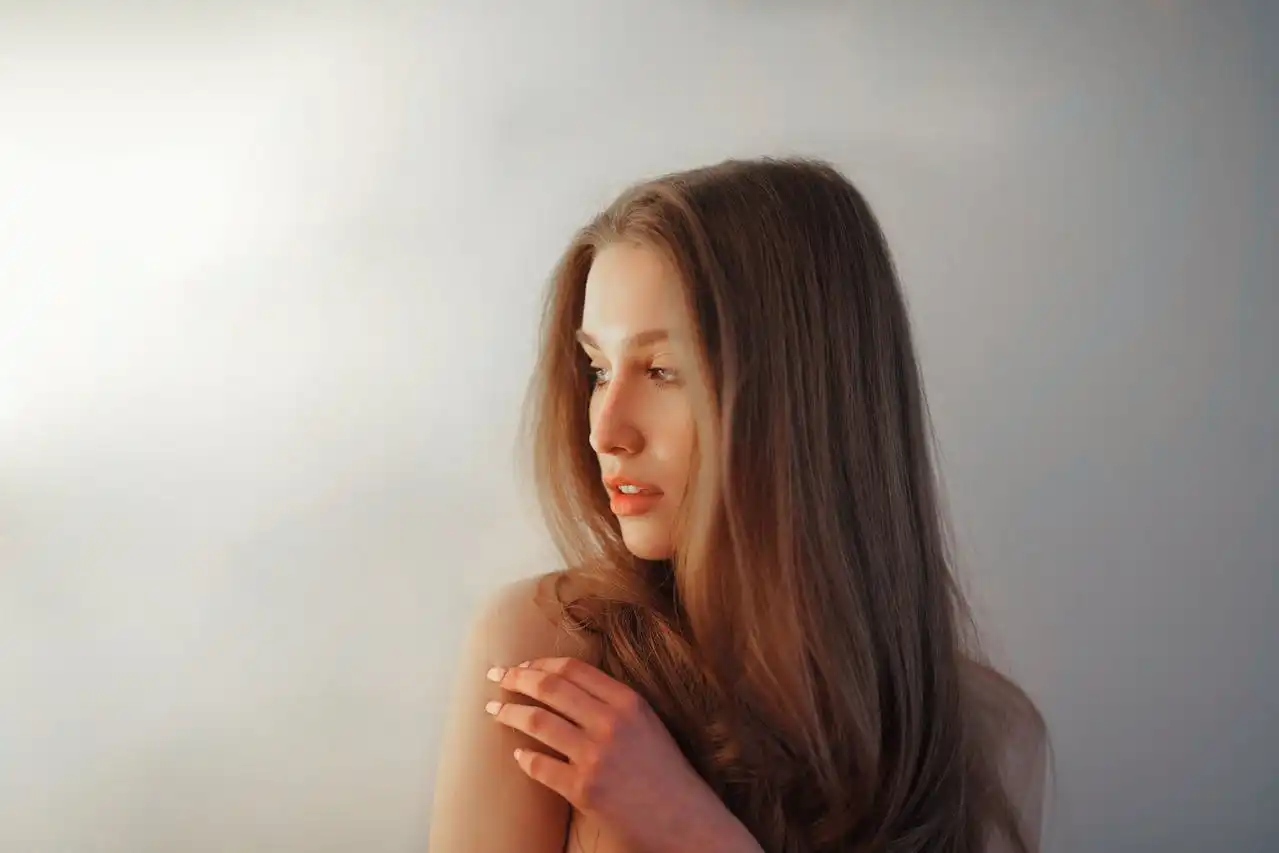Seasonal Hair Care: Protecting Hair in Humid Weather
You step outside on a humid morning with perfectly styled hair, only to watch it transform into a frizzy mess within minutes.
Humidity wreaks havoc on your hair by disrupting its natural moisture balance, but you can fight back with the right strategies and products.
Understanding How Humidity Affects Your Hair

Humidity attacks your hair’s structure at the molecular level, creating chaos where you want control.
When moisture levels in the air rise above 60 percent, your hair cuticles open and absorb water from the environment.
This process causes your hair shaft to swell unevenly, resulting in frizz, loss of curl definition, and flyways.
Your hair’s porosity determines how severely humidity affects you. Heat damage from styling tools also compromises your hair’s protective cuticle layer.
High-porosity hair has damaged or lifted cuticles that readily absorb moisture, making it extremely vulnerable to humid conditions.
Low-porosity hair resists moisture absorption but can still experience surface frizz when humidity levels spike.
Chemical treatments like coloring, perming, and relaxing increase your hair’s porosity and sensitivity to environmental moisture.
If you’ve recently processed your hair, you’ll notice humidity affects you more dramatically than before the treatment.
Those microscopic cracks and rough spots become entry points for humidity, amplifying frizz and making your styles fall flat faster in muggy weather.
Preparing Your Hair Before Styling
Start your humidity defense in the shower with products designed to seal your hair cuticles.
Choose sulfate-free shampoos that clean without stripping natural oils, which serve as your hair’s first line of defense against environmental moisture.
Apply a deep conditioning treatment weekly to repair damaged cuticles and improve your hair’s overall resilience.
Look for treatments containing ceramides, proteins, or natural oils that fill in gaps in the hair shaft and create smoother surfaces.
Rinse your hair with cool water during your final rinse. Cold water closes the cuticles and creates a tighter seal against humidity.
This simple step makes a noticeable difference in how your hair responds to moisture throughout the day.
Pat your hair dry with a microfiber towel instead of rubbing vigorously with a regular terry cloth towel.
Aggressive towel drying roughens the cuticles and creates more surfaces for humidity to penetrate. Gentle patting preserves your hair’s smooth surface.
Choosing the Right Products for Humid Weather
Swap your regular styling products for humidity-blocking formulas during the muggy season.
Anti-humidity serums and creams create a protective barrier around each hair strand, preventing moisture from penetrating the cuticle layer.
Look for products containing silicones like dimethazone or cyclomethycaine, which form a lightweight film over your hair.
These ingredients smooth the cuticle surface and repel environmental moisture without weighing down your style.
Avoid alcohol-based products that can dry out your hair and compromise its natural defenses. Choose leave-in treatments with glycerin carefully.
When your hair lacks adequate moisture internally, it becomes more aggressive about absorbing water from humid air, leading to increased frizz and unpredictable styling results.
While glycerin can help maintain moisture balance in moderate humidity, it actually attracts excess moisture in very humid conditions, making frizz worse instead of better.
Effective Styling Techniques for Humid Days

Embrace your hair’s natural texture instead of fighting against it with excessive heat styling.
Humid weather makes it nearly impossible to maintain pin-straight styles or perfect curls, so work with your hair’s tendencies rather than against them.
Apply your anti-humidity products to damp hair, distributing them evenly from mid-length to ends.
Avoid applying heavy products near your roots, which can make your hair look greasy and weighed down as humidity increases throughout the day.
Use a diffuser attachment on your blow dryer to minimize heat damage and maintain your hair’s natural texture.
Set the dryer to low heat and low speed to reduce frizz-causing friction while still achieving adequate drying.
Consider air-drying techniques like plopping or scrunching for curly hair types.
These methods enhance your natural curl pattern while minimizing manipulation that can lead to frizz when humidity strikes.
Heat Styling Strategies That Last
When you must use heat styling tools, apply a thermal protectant that also provides humidity resistance.
These dual-purpose products create a barrier against both heat damage and environmental moisture, extending the life of your style.
Work in small sections when straightening or curling to ensure complete heat penetration and longer-lasting results.
Rushing through the styling process with large sections creates uneven heating that won’t withstand humid conditions.
Allow each styled section to cool completely before moving to the next area.
Hot hair is more susceptible to humidity damage, so giving each section time to set helps lock in your desired style.
Finish with a light mist of anti-humidity hairspray, holding the bottle 8-10 inches away from your head.
This final layer adds extra protection without creating stiffness or crunchiness that looks unnatural.
Maintaining Your Style Throughout the Day
Carry blotting papers or a small microfiber cloth to absorb excess moisture from your hair during extremely humid days.
Gently press these materials against your hair rather than rubbing to avoid disrupting your style.
Keep a small bottle of diluted leave-in conditioner in your bag for emergency touch-ups.
Mix one part leave-in conditioner with three parts water in a spray bottle to create a lightweight refresher that tames frizz without adding weight.
Avoid touching your hair unnecessarily throughout the day. Consider protective styles like loose braids, low buns, or twists for extremely humid days.
The oils and moisture from your hands can disrupt your anti-humidity products and create additional frizz points that spread throughout your style.
These styles keep your hair contained while still looking polished, and they prevent environmental moisture from affecting large portions of your hair.
Overnight Protection Strategies

Sleep on a silk or satin pillowcase to reduce friction that can rough up your cuticles overnight.
Smooth cuticles resist humidity better than damaged ones, so protecting your hair while you sleep pays dividends the next day.
Wrap your hair in a silk scarf or use a silk sleeping cap if you move around a lot during sleep.
These protective coverings maintain your style while preventing bedhead that requires restyling and additional heat exposure.
Apply a small amount of overnight treatment oil to your ends before bed.
Focus on the most damaged areas of your hair, which are typically the oldest parts near your ends. Well-moisturized hair resists environmental humidity more effectively.
Sleep with your hair loosely secured in a low ponytail or braid to prevent tangling without creating creases.
Tight elastic bands can damage your hair and create weak spots that become frizz magnets in humid weather.
Emergency Fixes for Humidity Disasters
Create an emergency kit with travel-sized anti-frizz products for unexpected humidity encounters.
Include a small bottle of serum, a travel comb, and hair ties for quick damage control when your style falls victim to sudden weather changes.
Use the bathroom hand dryer strategically when caught in humid conditions without your products.
Smooth a tiny amount of hand lotion through your hair, then use the cool setting on the hand dryer to help reset your style temporarily.
Embrace the messy bun or textured ponytail when your original style becomes unsalvageable.
These effortless-looking styles can disguise humidity damage while still appearing intentional and polished.
Wet your hands slightly and smooth them over your hair to redistribute your existing products and tame surface frizz.
This technique works best when you need a quick fix but don’t have access to additional styling products.
Long-Term Hair Health in Humid Climates
Schedule regular trims every 6-8 weeks to remove damaged ends that are more susceptible to humidity effects.
Healthy hair with intact cuticles naturally resists environmental moisture better than damaged hair with compromised protective layers.
Consider professional treatments like keratin smoothing or protein treatments during peak humidity season.
These salon services temporarily alter your hair’s structure to make it more resistant to moisture absorption and easier to manage.
Adjust your hair care routine seasonally, using more intensive moisturizing treatments during humid months.
Well-hydrated hair from internal moisture sources is less likely to seek water from environmental humidity.
Invest in a good quality dehumidifier for your bedroom and main living spaces.
Controlling the humidity levels in your environment reduces the stress on your hair and helps your styles last longer between washes.
Professional Treatment Options

Consult your stylist about smoothing treatments that can reduce your hair’s reactivity to humidity for several months.
Modern formulations offer frizz control without the harsh chemicals of older straightening treatments.
Ask about glossing treatments that seal the cuticle and add shine while providing temporary humidity protection.
These gentle treatments enhance your hair’s natural beauty while making it more manageable in challenging weather.
Consider a precision cut designed specifically for your hair type and the humid climate in your area.
An experienced stylist can create a shape that works with humidity rather than against it, making daily styling easier.
Discuss your humidity struggles with your colorist, as certain hair colors and techniques can affect how your hair responds to environmental moisture.
They may recommend specific products or timing for your chemical services.
Conclusion
Humidity doesn’t have to ruin your hair goals.
With proper preparation, the right products, and realistic expectations, you can maintain beautiful, manageable hair regardless of weather conditions.







